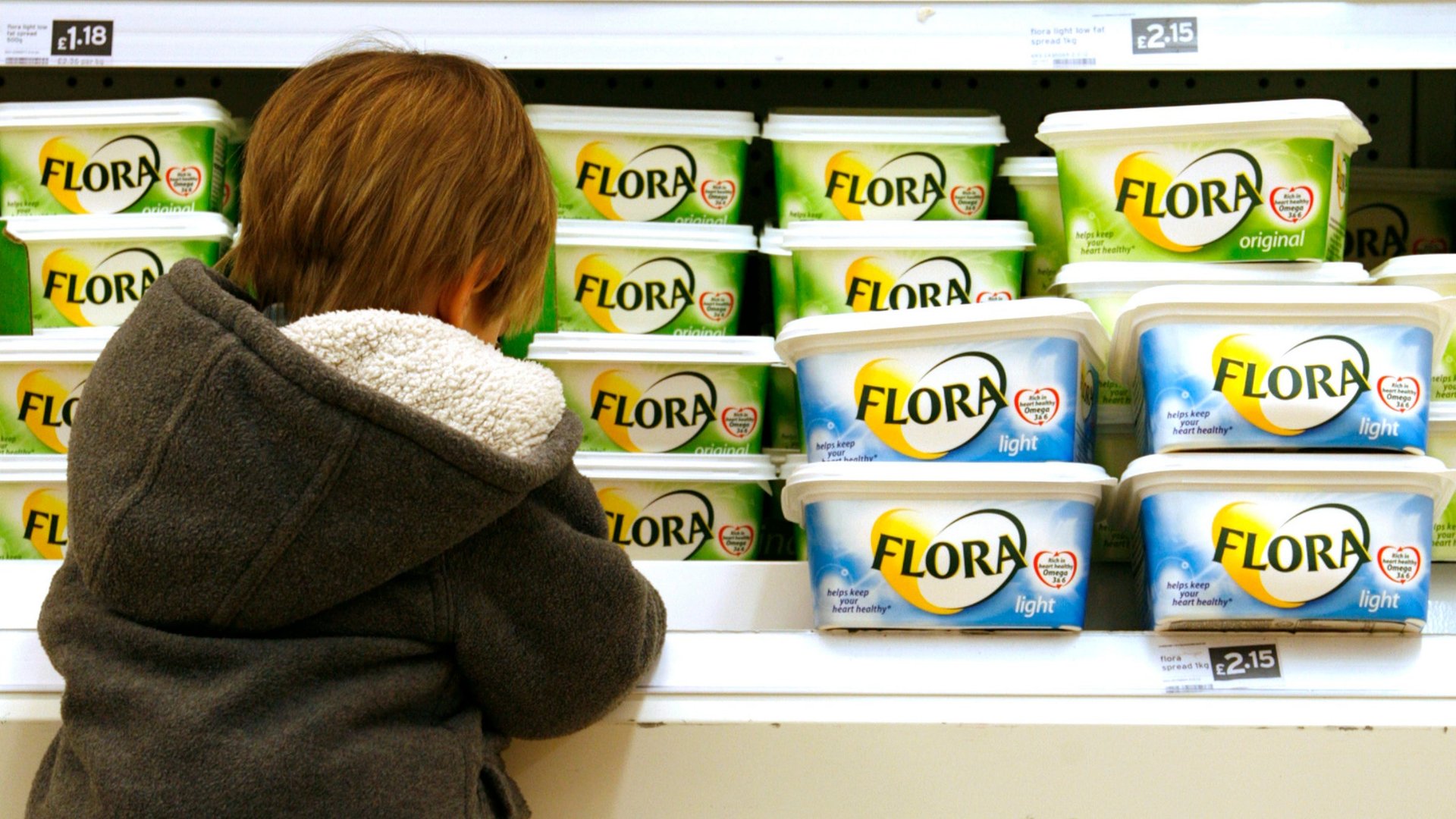How trans fat fell from grace to become a foodie villain
In the recent history of popular nutrition, trans fat has experienced perhaps the most meteoric rise and precipitous fall from grace of anything in our foods. Carbohydrates, sugar, salt, and saturated fats have all gotten a bad rap at some point, but none of them have become true villains in food—not like trans fat has. Today, the World Health Organization announced the latest salvo against trans fats, announcing a plan to eliminate them from foods everywhere within the next five years.


In the recent history of popular nutrition, trans fat has experienced perhaps the most meteoric rise and precipitous fall from grace of anything in our foods. Carbohydrates, sugar, salt, and saturated fats have all gotten a bad rap at some point, but none of them have become true villains in food—not like trans fat has. Today, the World Health Organization announced the latest salvo against trans fats, announcing a plan to eliminate them from foods everywhere within the next five years.
Trans fat, AKA “partially hydrogenated oil,” was once seen as something of a savior in food, especially in the US. During the Great Depression, butter fell out of favor and margarine gained traction, due to nutritional and financial reasons. In the decades that followed, food companies began incorporating partially hydrogenated oil into their products because it increased the shelf life of baked goods and facilitated an easier way to make buyer-friendly food textures.
But over time, health studies began to show correlations between trans fat and high cholesterol and heart failure risk. That’s when partially hydrogenated oil began to tumble out of favor. Those studies began to emerge as early as the late 1950s, but really picked up steam in the 1990s, and the buying public really started to listen at that point.
From the 1990s on, the data show a clear, and swift, public rejection of margarine over the past two and a half decades in America.
Now, years later, WHO is recommending that people limit trans fat intake to less than 1% of their total energy intake. To accomplish that, the organization is dispensing to its member nations a six-part strategic-action plan that includes taking steps to identify foods with partially hydrogenated oil in them, promoting their replacement, and taking legislative action—where necessary—to eliminate industrially produced trans fats.